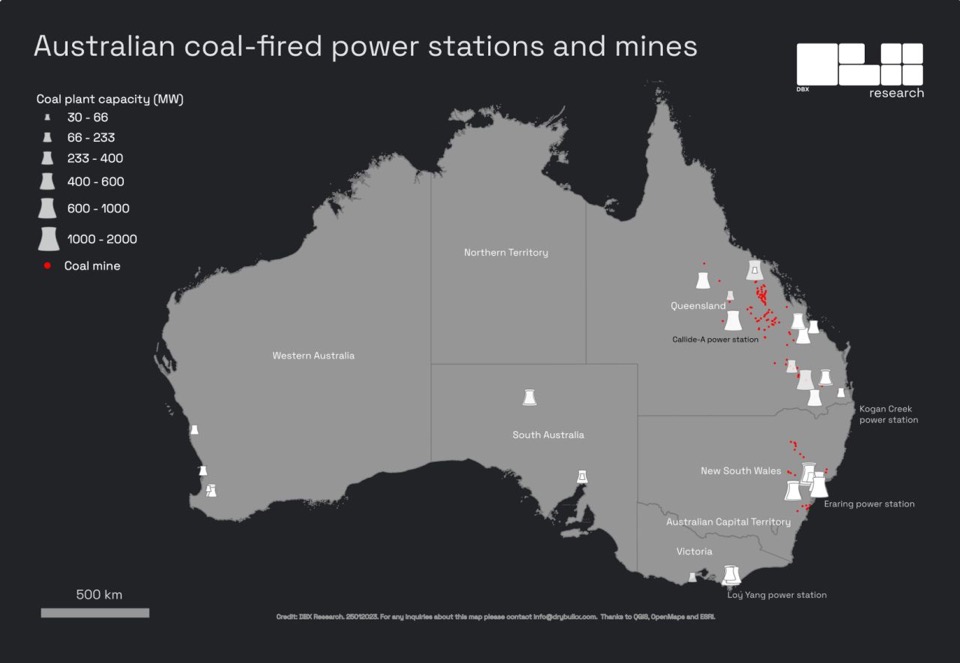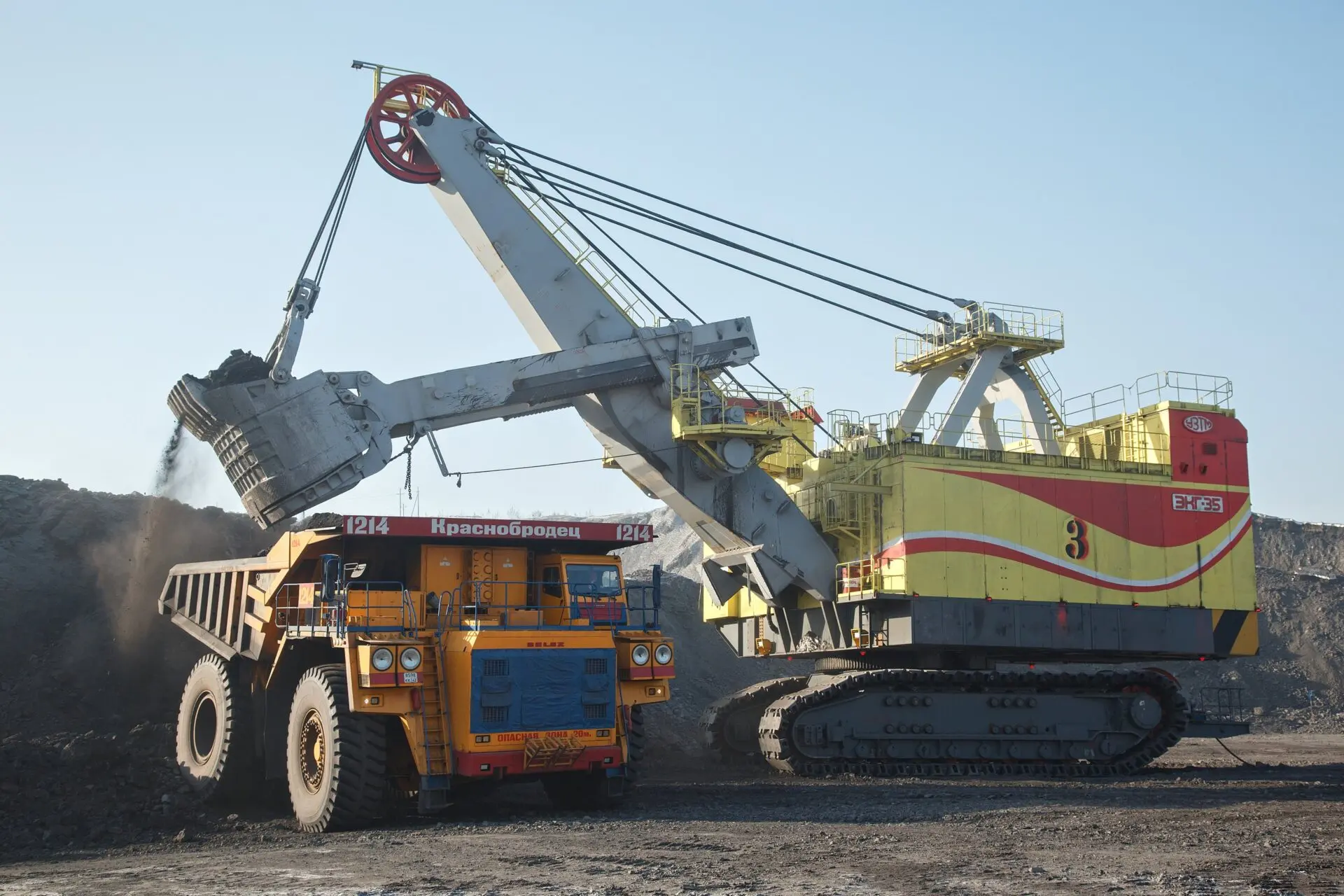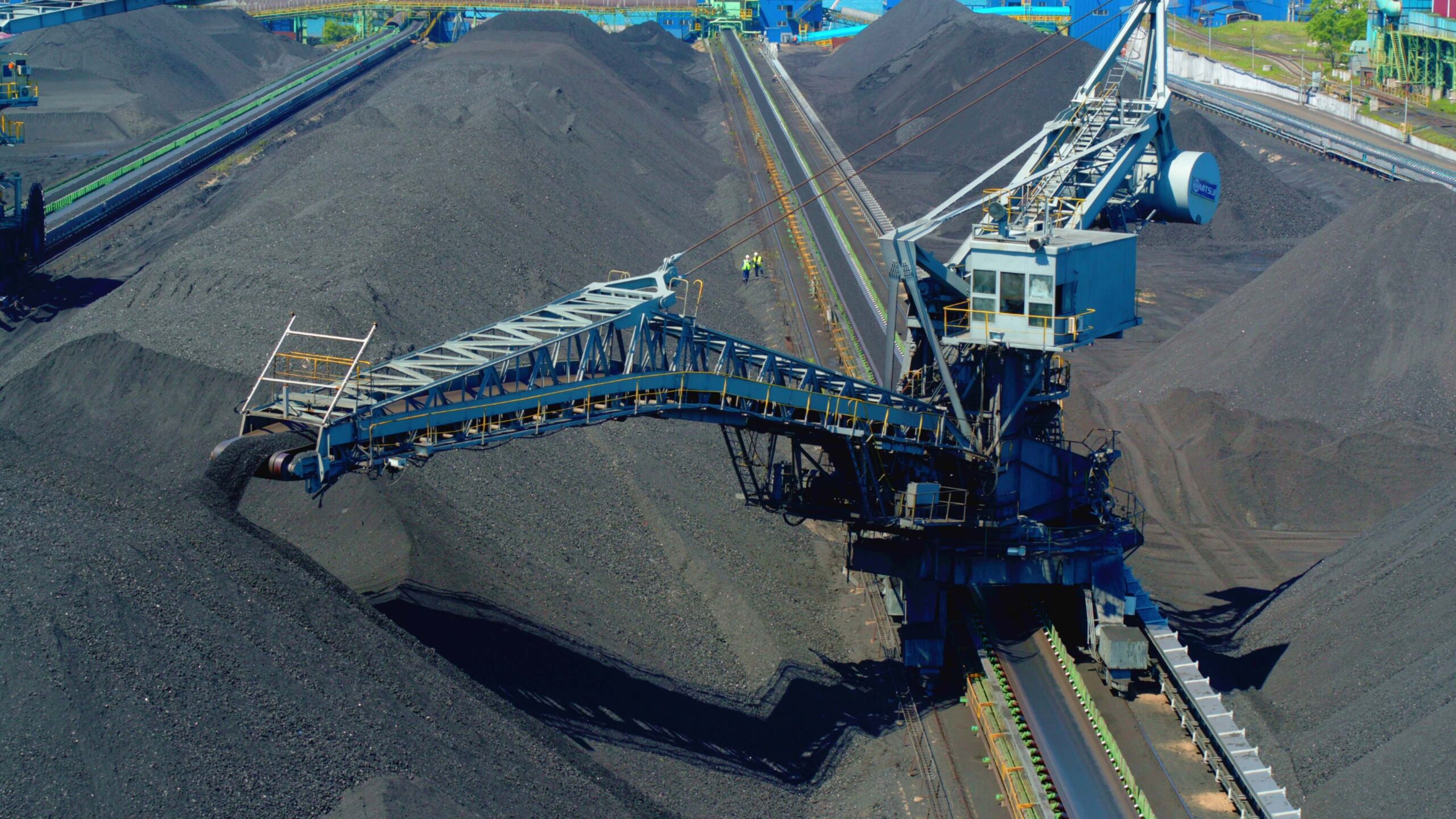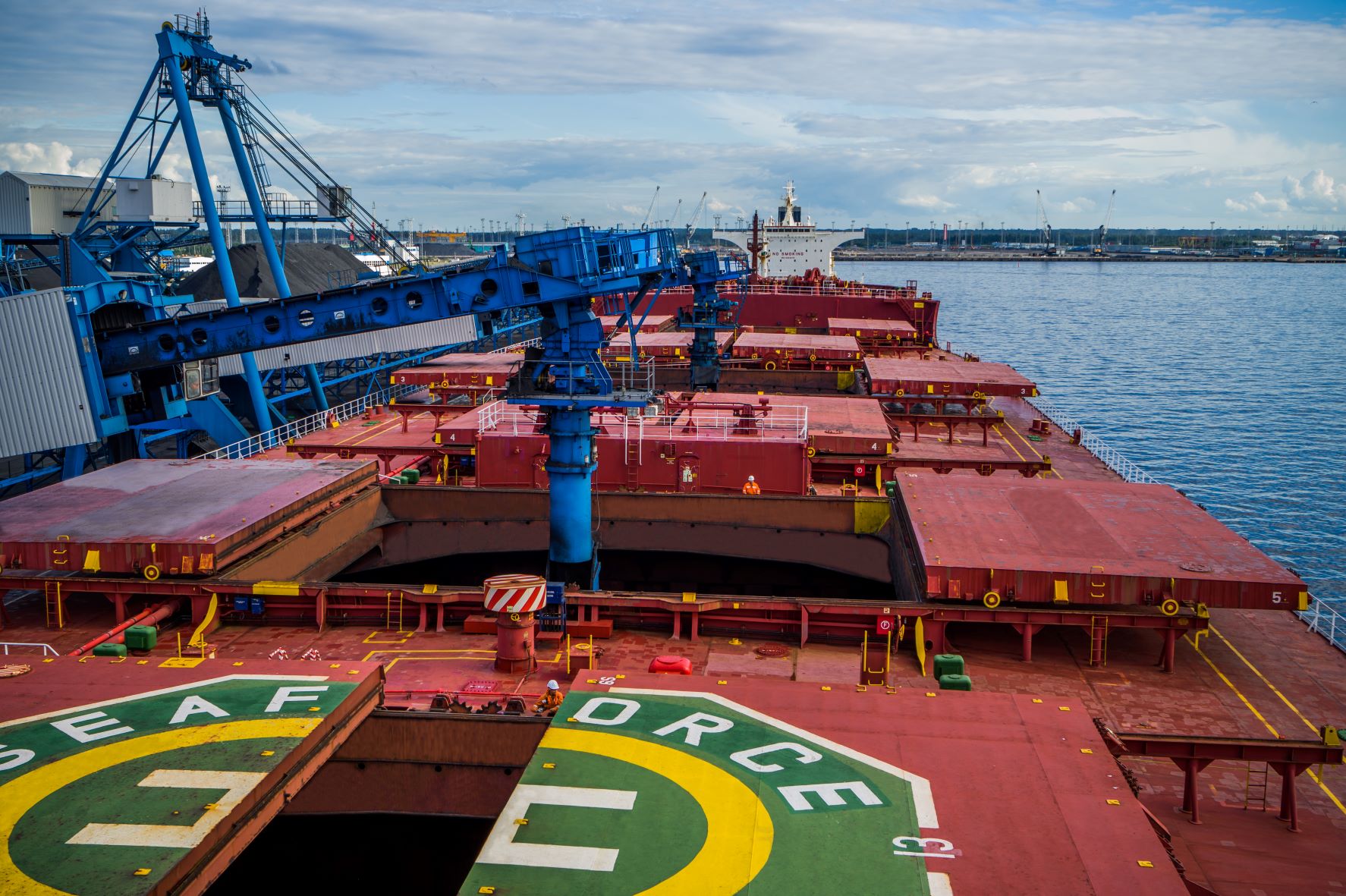
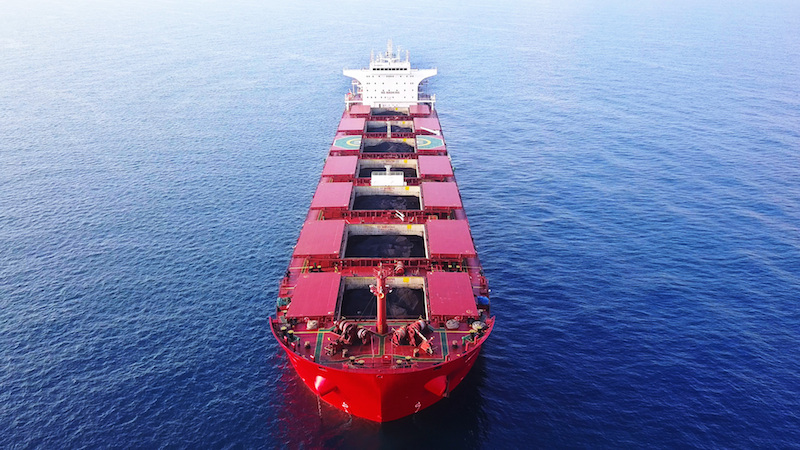
Over the past week, thermal coal indices rallied to 58 USD/t. High natural gas prices, supply cuts of Colombian material in the export markets, as well as lower average daily temperatures and a projected reduction in wind generation in a number of EU countries supported coal quotes.
TTF gas prices rose to the highest levels since December 2019 – 13.478 EUR/MWh (+1.221 EUR/MWh or +10% to September 30, 2020) on the news about strikes at Norwegian oil and gas fields and a decrease in US LNG inflows to Europe. Low volumes of coal supplies from Colombia, resulted from strikes of Cerrejon workers, had a positive impact on coal indices.
According to experts, due to the strike of Cerrejon workers and the suspension of output from Prodeco and CNR mines, Colombia’s export of thermal coal in 2020 may decrease to 48-50 mio t (-23-25 mio t or -35% compared to 2019).
On October 6, 2020 the Ministry of labor of Colombia started to mediate a dispute between the Association of coal industry unions of Colombia Sintracarbon and the producer Cerrejon. Under the Colombian regulation, if the parties do not reach a compromise by the end of October, the Ministry of labor will issue a decree to force an end to the strike.
Expensive South African coal reduced the interest of Indian enterprises and put pressure on the South African material indices. Indian buyers are switching to cheaper Australian coal to meet the demand. FOB Richards Bay indices increased at the end of September in anticipation of supply cuts of South African company Exxaro.
The National union of miners of South Africa pointed out that if the management of Exxaro does not provide a 7.5% increase in the minimum wage of all employees of enterprises, the Union will go on strike. Exxaro is one of the largest mining companies in South Africa. In H1 2020, Exxaro’s coal production amounted to 23.9 mio t. Thermal coal exports of the company in H1 2020 reached 5.9 mio t. In H2 2020, the company plans to export 5.1 mio t of thermal material. India is the largest importer of Exxaro coal.
Despite weak demand of Chinese companies amid the national holidays, the growing interest of Indian buyers in Australian high-calorific coal had a positive impact on the quotes. However, unpredictability of the Chinese government steps regarding the allocation of new quotas for the import of Australian material, limits the potential for price growth.
According to the Chinese government sources, the authorities do not plan to ease import restrictions in the near future. To curb further increase in local coal indices, the government plans to increase supplies by boosting production in Shanxi and Inner Mongolia provinces.
The merger of five coal companies – Jinneng, Datong, Yangquan, Lu’an and Jincheng may create a coal enterprise with an estimated output of more than 500 mio t of material per year in Shanxi province.
Despite the decline in trade activity of Chinese consumers, demand of coal-fired plants in Bangladesh strengthened the quotes of Indonesian coal this week.
The surge in Australian metallurgical coal indices at the end of September led to a reduction in the price spread between coking material from Australia and China and weakened quotes amid low activity of Chinese metallurgical plants.
Follow CAA Analytics on Twitter:
[tfws username=”CAA_Analytics” height=”700″ width=”350″ theme=”light” color=”#FAB81E” tweets=”2″ header=”yes” footer=”yes” borders=”yes” scrollbar=”yes” background=”yes”]










